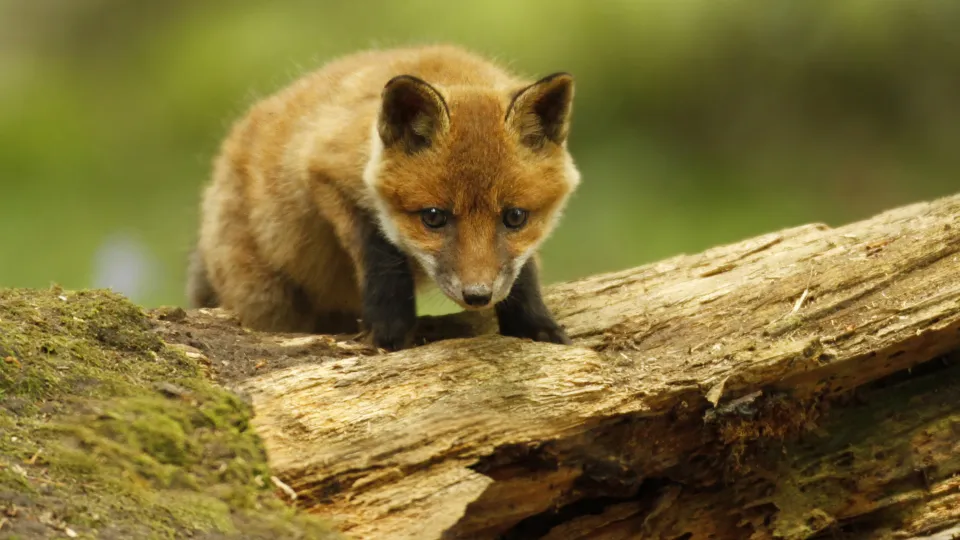
Red fox
Famed for their cunning and stealth, these orangey-red dogs with their bushy tails can be seen in towns and the countryside. They come out mostly at night but can also be seen during the day if you’re lucky!
A Taxa which are neither threatened nor near threatened.

Famed for their cunning and stealth, these orangey-red dogs with their bushy tails can be seen in towns and the countryside. They come out mostly at night but can also be seen during the day if you’re lucky!
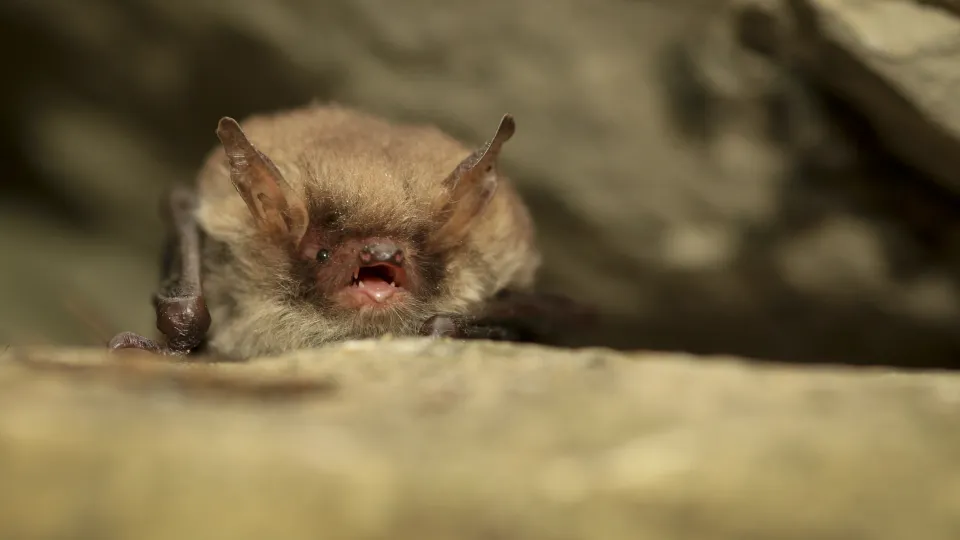
The Natterer's bat can found across the UK, although it is a scarce species. It prefers to forage low down among trees, often taking prey directly from the foliage.
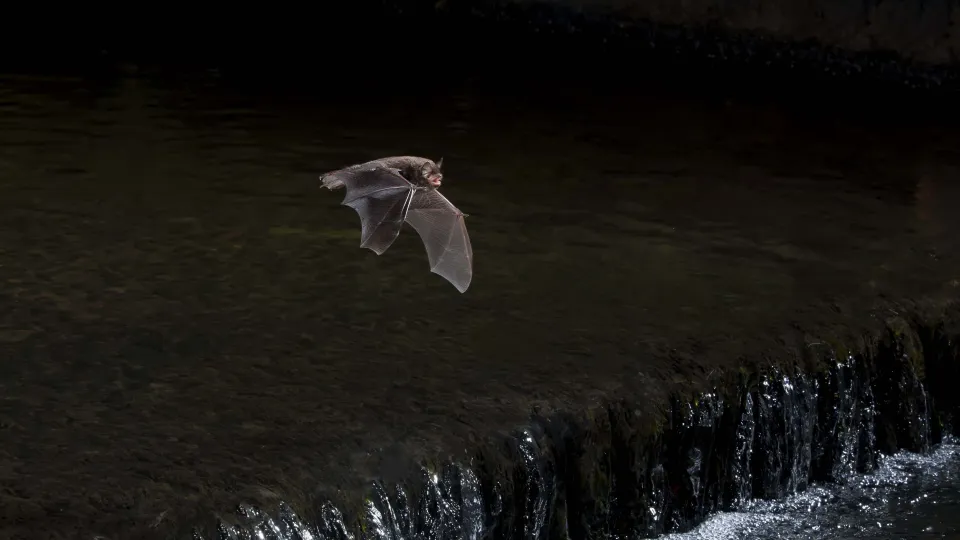
Look out for the Daubenton's bat foraging over wetlands across the UK at twilight. Its flight is fast and agile as it skims the water's surface for insect-prey.
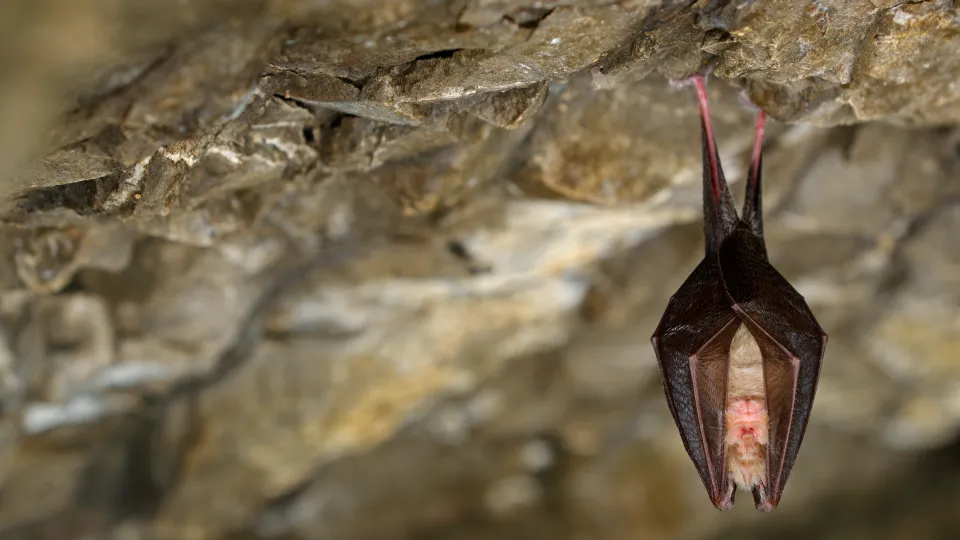
The lesser horseshoe bat was once a cave-dweller, but now tends to roost in old buildings, such as stables and barns. It is rare in the UK and, like many other bats, declining in number.
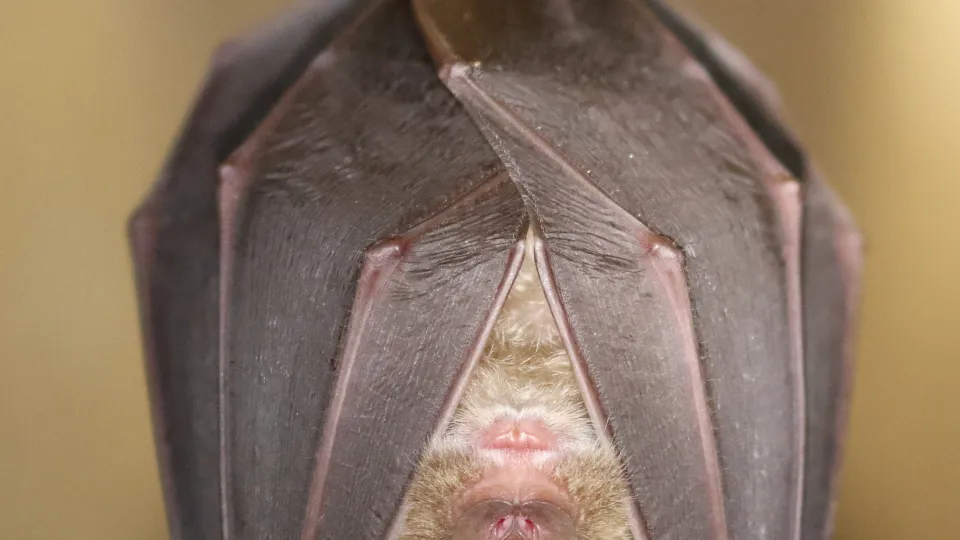
The greater horseshoe bat was once a cave-dweller, but now tends to roost in old buildings, such as churches and barns. It is rare in the UK and, like many other bats, declining in number.
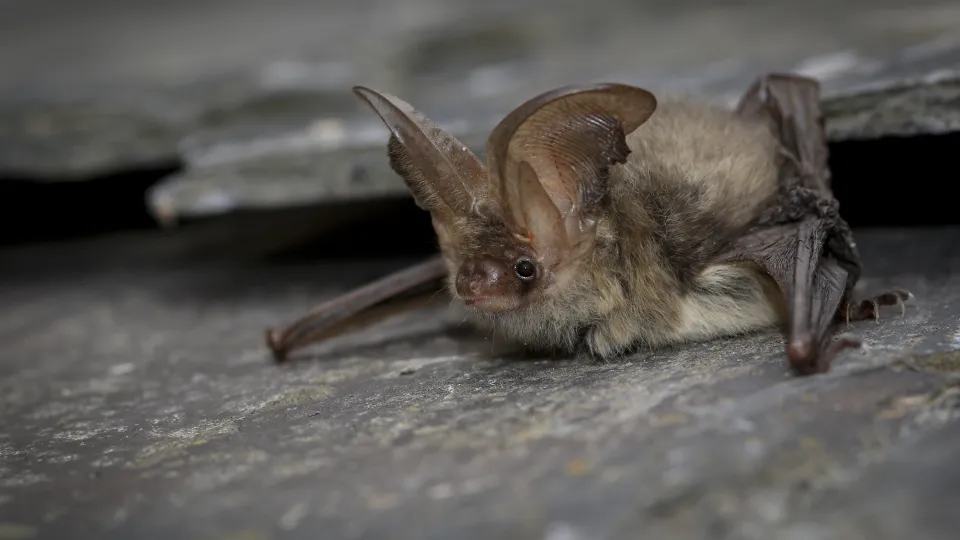
The brown long-eared bat certainly lives up to its name: its ears are nearly as long as its body! Look out for it feeding along hedgerows, and in gardens and woodland.
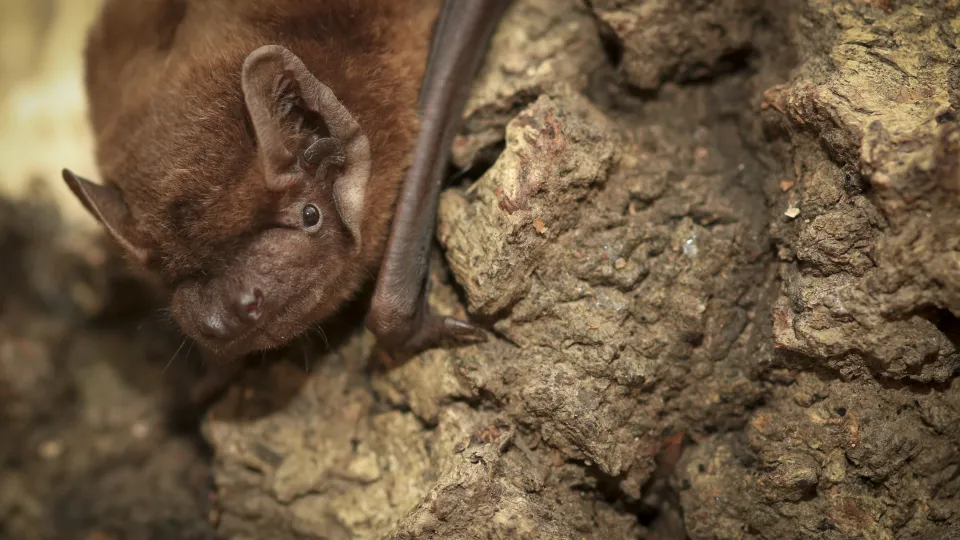
Our largest bat, the noctule roosts in trees and can be seen flying over the canopy in search of insect-prey, such as cockchafers. Like other bats, it hibernates over winter.
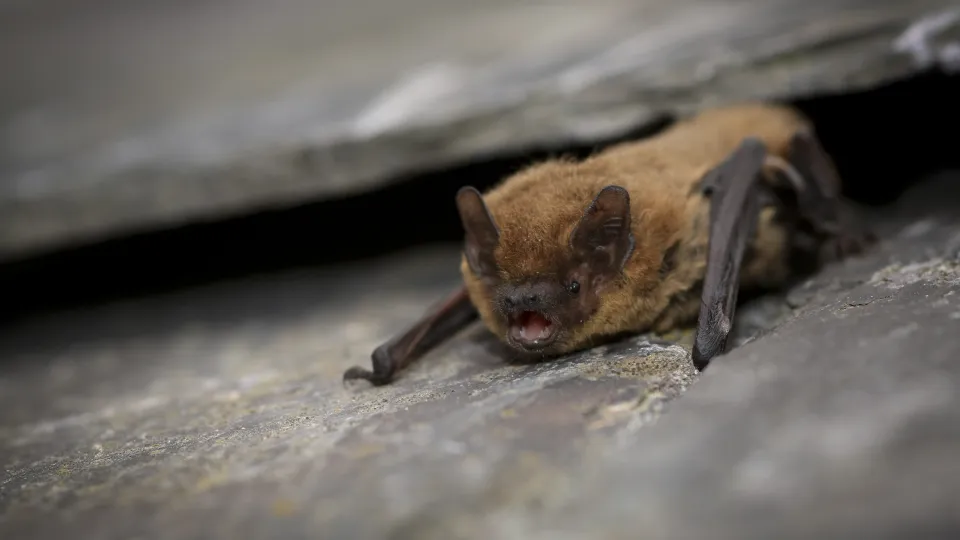
The common pipistrelle is so small, it can fit into a matchbox! Despite its size, it can easily eat 3,000 insects a night: look for it flitting around the garden or a lit lamp post as it chases its prey.
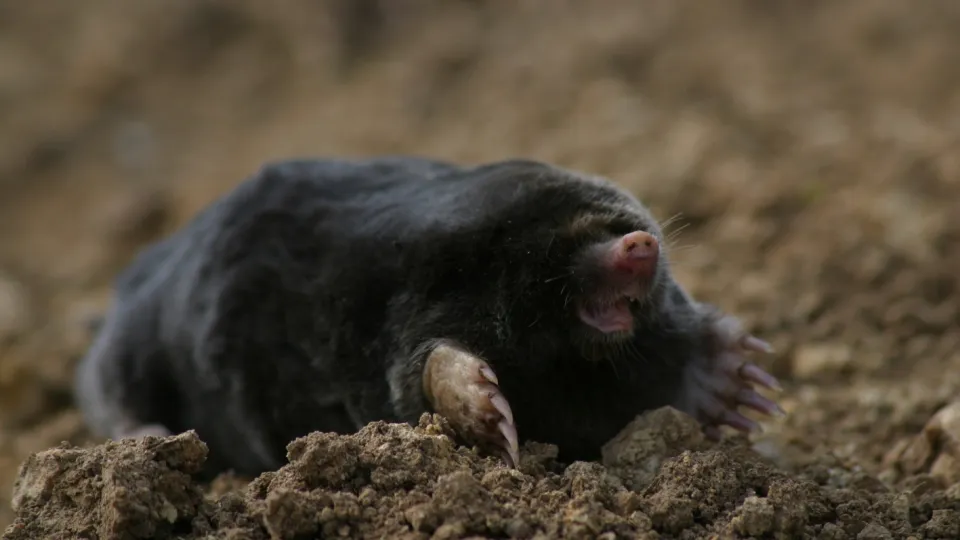
This stocky, brown mammal spends its life burrowing underground with its spade-like paws, hunting for earthworms to eat.
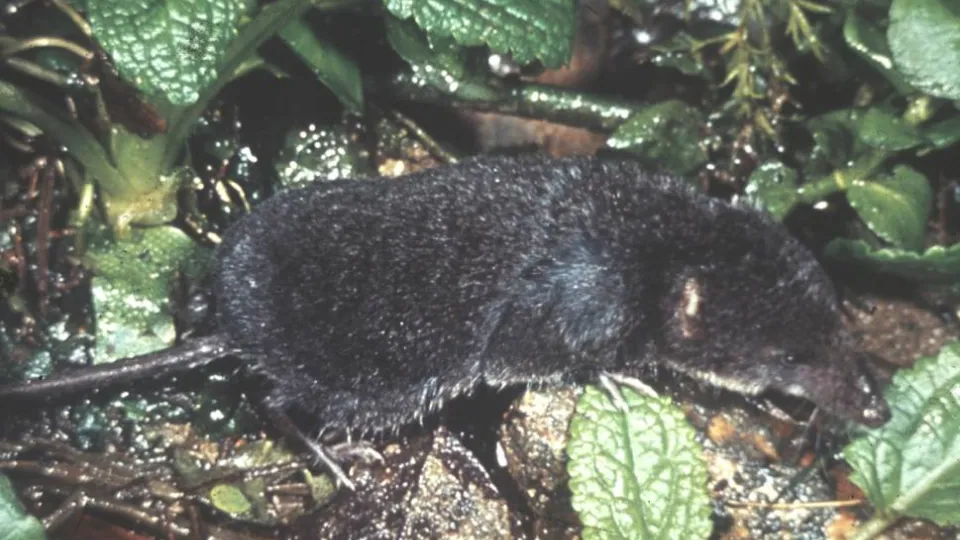
The large, dark grey water shrew lives mostly in wetland habitats. It's a good swimmer that hunts for aquatic insects and burrows into the banks.